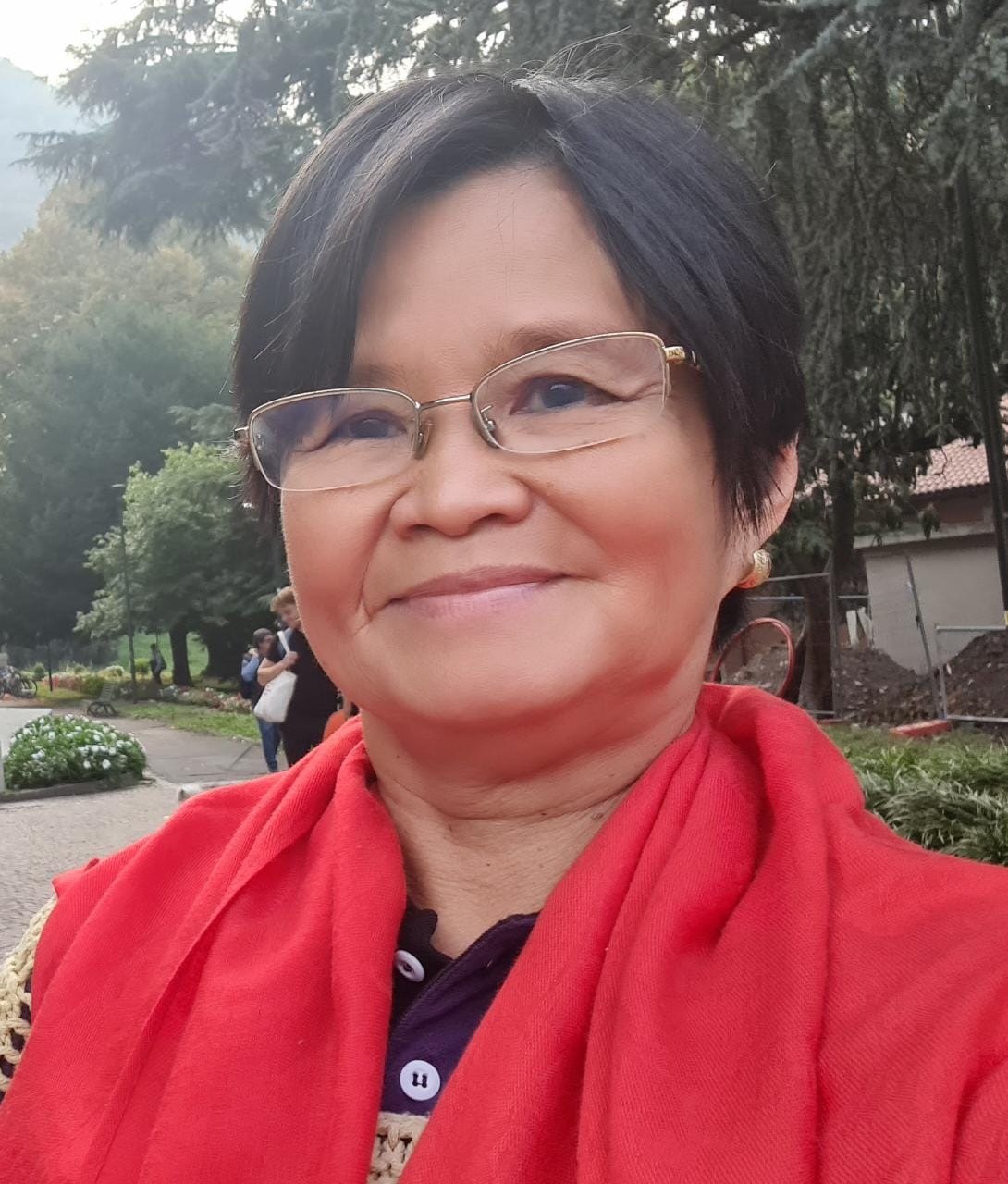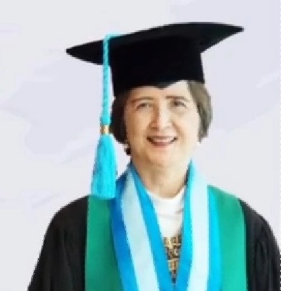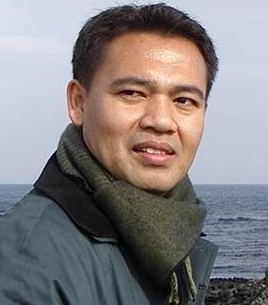The Association between The Patient’s Age Groups with Stage, Grading, and Molecular Subtype of Breast Cancer
DOI:
https://doi.org/10.28932/jmh.v4i2.4554Keywords:
breast cancer, clinicopathology profiles, age groupAbstract
In 2020, Global Cancer Observatory reported breast cancer incidence was 11.7% and mortality was 6.9%, most presenting a late-stage and delaying diagnosis. The study aimed to assess the breast cancer clinicopathologic characteristics according to the age groups. The research was conducted on 98 Medical Records from Bethesda Hospital Yogyakarta. The variable data were analyzed by univariate and the association between variables were analyzed with binary logistic regression with odds ratio and 95% confidence interval. The presentation of age groups ≤ 30 years (1,02%), 31-40 years (12,24%), 41-50 years (25,51%), 51-60 years (46,94%), and ≥ 61 years (15,31%); right breast (48,98%) and left breast (51,02%); stage I (3,06%), II (28,57%), III (55,10%), dan IV (13,27%); ductal type of breast cancer (89,80%) and others (10,20%); molecular subtype luminal A (43,88%), luminal B (14,29%), HER-2 neu enriched (29,59%), and basal-like/triple-negative (12,24%). There wasn’t any association between age groups and stages (p=0.368). There was an association between age groups and molecular subtype (p=0.013, OR 2.993 CI95% 1.239-7.230). Conclusions: The commonest clinicopathologic characteristic of breast cancer patients were in the age group 51-60 years, left breast, high stage, ductal type, and luminal A. Hormone receptors in breast cancer expressed more common in patients ≤50 years.Downloads
References
Firasi AA, Jkd Y, Yudhanto E. Hubungan Usia terhadap Derajat Diferensiasi Kanker Payudara pada Wanita. Diponegoro Med J (Jurnal Kedokt Diponegoro). 2016;5(4):327–36.
Mardiah H, Ginting RNA, Rahmadhany H, Sitorus ERD. Correlation between Age and Body Mass Index (BMI) with Histopathological Features of Breast Cancer Patients in RSUP Haji Adam Malik Medan. Indones J Cancer 2021;15(2):46–53.
Park B, Ma SH, Shin A, Chang MC, Choi JY, Kim S, et al. Korean risk assessment model for breast cancer risk prediction. PLoS One. 2013;8(10).
Saika K, Sobue T. Epidemiology of Breast Cancer in Japan and the US Descriptive Epidemiology Number of new cases and incidence rate of breast cancer Information on cancer morbidity. J Japan Med Assoc. 52(1):657–61.
Fitzmaurice C, Abate D, Abbasi N, Abbastabar H, Abd-Allah F, Abdel-Rahman O, et al. Global, Regional, and National Cancer Incidence, Mortality, Years of Life Lost, Years Lived With Disability, and Disability-Adjusted Life-Years for 29 Cancer Groups, 1990 to 2017: A Systematic Analysis for the Global Burden of Disease Study. JAMA Oncol. 2019;5(12):1749.
Iskandarsyah A, de Klerk C, Suardi DR, Soemitro MP, Sadarjoen SS, Passchier J. Psychosocial and cultural reasons for delay in seeking help and nonadherence to treatment in Indonesian women with breast cancer: A qualitative study. Heal Psychol. 2014;33(3):214–21.
Susilowati M, Afiyanti Y. The socio-demographic factors correlated with financial toxicity among patients with breast cancer in Indonesia. J Public health Res [Internet]. 2021 [Cited 2022 Apr 20];10(s1). Available from: https://pubmed.ncbi.nlm.nih.gov/34060753/
Coughlin SS, Ayyala DN, Tingen MS, Cortes JE. Financial distress among breast cancer survivors. Curr cancer reports]. 2020;2(1):48–53.
Nasional Tempo. BPJS 2016. Tanggung Perawatan 1,3 Juta Kasus Kanker - [Internet]. [Cited 2022 Apr 20]. Available from: https://nasional.tempo.co/read/841873/2016-bpjs-tanggung-perawatan-13-juta-kasus-kanker/full&view=ok
Aryandono T, Harijadi, Soeripto. Survival from operable breast cancer: Prognostic factors in Yogyakarta, Indonesia. Asian Pacific J Cancer Prev. 2006;7(3):455–9.
Nindrea RD, Aryandono T, Lazuardi L. Breast Cancer Risk From Modifiable and Non-Modifiable Risk Factors among Women in Southeast Asia: A Meta-Analysis. Asian Pac J Cancer Prev. 2017;18(12):3201–6.
Anwar SL, Raharjo CA, Herviastuti R, Dwianingsih EK, Setyoheriyanto D, Avanti WS, et al. Pathological profiles and clinical management challenges of breast cancer emerging in young women in Indonesia: A hospital-based study. BMC Womens Health. 2019;19(1):1–8.
Sutandyo Noowati, Kurniawati Sri A., Siregar Nia N. SNK. Three Years Survival of Elderly Cancer Patients in Indonesia: Do We Need a Different Approach? | Sutandyo | Acta Medica Indonesiana [Internet]. [Cited 2022 Apr 20]. Available from: http://www.actamedindones.org/index.php/ijim/article/view/1150/pdf
Sinaga ES, Ahmad RA, Shivalli S, Hutajulu SH. Age at diagnosis predicted survival outcome of female patients with breast cancer at a tertiary hospital in Yogyakarta, Indonesia. [Cited 2022 Apr 20]. Available from: www.panafrican-med-journal.com
Hutajulu SH, Prabandari YS, Bintoro BS, Wiranata JA, Widiastuti M, Suryani ND, et al. Delays in the presentation and diagnosis of women with breast cancer in Yogyakarta, Indonesia: A retrospective observational study. PLoS One. 2022;17(1).
Fathoni MIA, Gunardi, Adi-Kusumo F, Hutajulu SH, Purwanto I. Characteristics of breast cancer patients at dr. Sardjito Hospital for early anticipation of neutropenia: Cross-sectional study. Ann Med Surg [Internet]. 2022 Jan 1 [cited 2022 Apr 21];73. Available from: https://doi.org/10.1016/j.amsu.2021.103189
Narisuari IDAPM, Manuaba IBTW. Prevalensi dan gambaran karakteristik penderita kanker payudara di poliklinik bedah onkologi RSUP Sanglah, Bali, Indonesia tahun 2016. Intisari Sains Medis. 2020 Mar 24;11(1):183.
Diahpradnya Oka Partini P, Niryana IW, Anda Tusta Adiputra P. Karakteristik kanker payudara usia muda di Subbagian Bedah Onkologi Rumah Sakit Umum Pusat Sanglah tahun 2014-2016. Intisari Sains Medis. 2018 Apr 30;9(1).
Rondonuwu IA, Haroen H, Wantania FE. Profil Kanker Payudara Rsup Prof. Dr. R. D. Kandou Manado Tahun 2013 – 2014. e-CliniC [Internet]. 2016 [Cited 2022 Apr 21];4(1). Available from: https://ejournal.unsrat.ac.id/index.php/eclinic/article/view/10972
Canberra Health Service, Australian Capital Territories. Focus On Breast Cancer An Overview Of Breast Cancer In The Act. 2018 [Cited 2022 Apr 21]; Available from: https://health.act.gov.au/sites/default/files/2019-09/Focus%20On%20Breast%20Cancer%202018.pdf.
World Health Organization (WHO). WHO position paper on mammography screening. 2014 [Cited 2022 Apr 21]; Available from: www.who.
Ghiasvand R, Adami HO, Harirchi I, Akrami R, Zendehdel K. Higher incidence of premenopausal breast cancer in less developed countries; myth or truth? BMC Cancer. 2014;14(1):343.
Amer MH. Genetic factors and breast cancer laterality. Cancer Manag Res. 2014;6(1):191–203.
Cheng SA, Liang LZ, Liang QL, Huang ZY, Peng XX, Hong XC, et al. Breast cancer laterality and molecular subtype likely share a common risk factor. Cancer Manag Res. 2018;10:6549–54.
Makki J. Diversity of Breast Carcinoma: Histological Subtypes and Clinical Relevance. Clin Med Insights Pathol. 2015;8(1):23.
Hennigs A, Riedel F, Gondos A, Sinn P, Schirmacher P, Marmé F, et al. Prognosis of breast cancer molecular subtypes in routine clinical care: A large prospective cohort study. BMC Cancer. 2016;16(1).
Wiguna NIP, Manuaba IBTW. Karakteristik Pemeriksaan Imunohistokimia Pada Pasien Kanker Payudara Di Rsup Sanglah Periode 2003-2012. E-Jurnal Medika Udayana, [S.l.] [Internet], sep. 2014. [Cited 2022 Apr 21]. Available from: <https://ojs.unud.ac.id/index.php/eum/article/view/9809>.
Resti V, Firdaus P, Asri A, Khambri D, Harahap WA. Hubungan Grading Histopatologi dan Infiltrasi Limfovaskular dengan Subtipe Molekuler pada Kanker Payudara Invasif di Bagian Bedah RSUP. Dr. M. Djamil Padang. J Kesehat Andalas. 2016. [Cited 2022 Apr 21];5(1). Available from: http://jurnal.fk.unand.ac.id/index.php/jka/article/view/463
Subiyanto D, Ariyati Kadi T, Abdurrahman N, Prasetyo Utomo Y, Reynaldi Alifiansyah A, Ika Fidianingsih dan, et al. Subtipe Molekuler Kanker Payudara di RSUD Madiun dan Hubungannya dengan Grading Histopatologi. Media Penelit dan Pengemb Kesehat. 2021;31(3):193–202.
Simbolon YY, Pohan PU. Hubungan Infiltrasi Limfovaskular dengan Subtipe Molekuler Pasien Kanker Payudara Invasif : Telaah Sistematis. JIMKI: Jurnal Ilmiah Mahasiswa Kedokteran Indonesia. 2021;9(1): 15-22.
Downloads
Published
How to Cite
Issue
Section
License
Copyright (c) 2022 Agatha MA Putri, Jayadi Tejo, Wiwiek Probowati, Jonathan W Siagian

This work is licensed under a Creative Commons Attribution-NonCommercial 4.0 International License.
Authors who publish with this journal agree to the following terms:
- Authors retain the copyright and grant the journal right of first publication with the work
simultaneously licensed under a Creative Commons Attribution-NonCommercial 4.0 International License that allows others to share the work with an acknowledgement of the work's authorship and initial publication in this journal. - Authors are able to enter into separate, additional contractual arrangements for the nonexclusive distribution of the journal's published version of the work (e.g., post it to an institutional repository or publish it in a book), with an acknowledgement of its initial publication in this journal.
 This work is licensed under a Creative Commons Attribution-NonCommercial 4.0 International License.
This work is licensed under a Creative Commons Attribution-NonCommercial 4.0 International License.

















